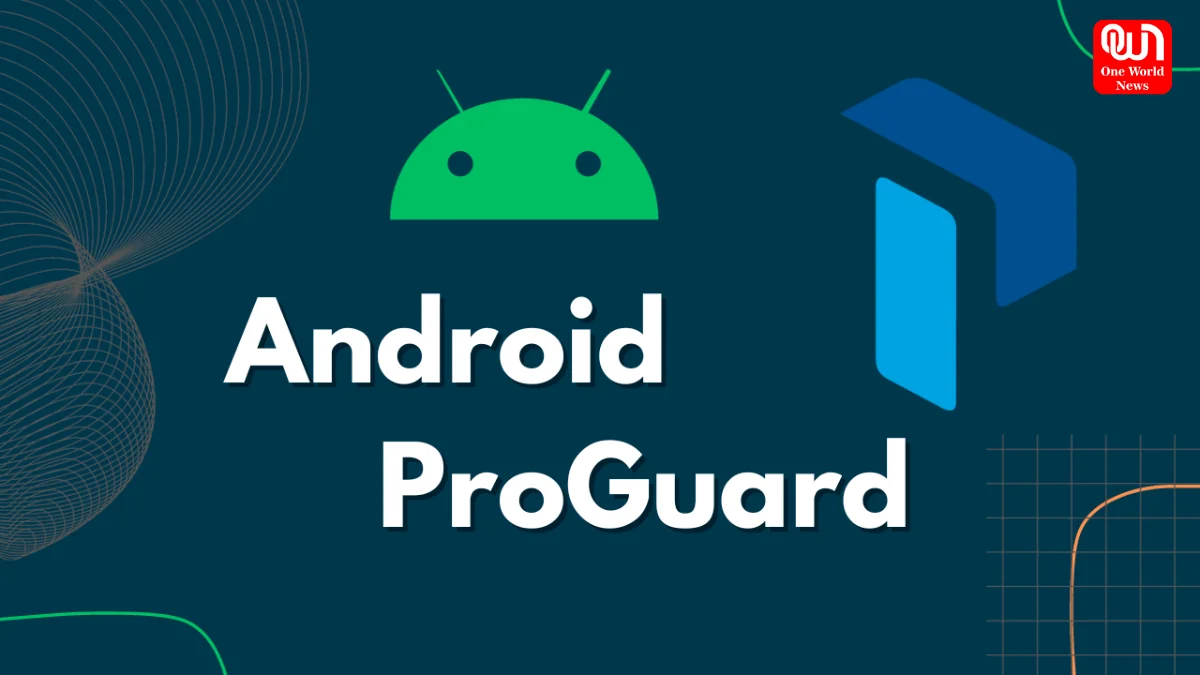Mastering ProGuard: Tips and Techniques for Android Developers
As the Android ecosystem continues to be improved, developers must continue to mutually optimize their apps for performance, security, and size. The main instrument in the battle against piracy is Proguard, a very effective code obfuscation and optimization tool used in large-scale Android development projects. In the following article, we will see together different ways and methods to upgrade your ProGuard Android experience. Thus, you will know how to take full advantage of this invaluable assistance.
-
Understanding ProGuard
Pro Guard is a free Java class file shrinker, optimizer, obfuscator, and pre-verifier. Its purpose is to improve the security of the Java code. It is one of the key steps in Android development allowing to shrink the size of APK files and increase the security of the application by making it harder to understand the code. As ProGuard does this, developers can keep the inner nature of their applications safe from attackers who try to reverse engineer the code and get to know it better.
-
Optimizing ProGuard Configuration
Here, the main idea is the optimization of ProGuard configuration which plays a very significant role in improving your ProGuard usage. This entails a fine-tuning of the ProGuard rules so that it will neither harm the performance and efficiency of the app nor reduce its functionality.
-
Explore Classes and Methods that are Deserted
One approach is to find any discarded classes and methods within your code set and instruct ProGuard to eliminate them. This is not only to make your APK smaller but it is also a way to ensure that your application is running smoothly. Through a detailed examination of your code to find the factors of redundancy and then tweaking the configuration of ProGuard, you can ensure that you will get the best outputs.
-
Preserve Essential Classes and Methods
Even though you have to delete what is not used, keep what is important for your application, i.e. the classes and methods that are fundamental for it. Thoroughly check each of ProGuard rules to guarantee that the core application components are not obfuscated, so your app keeps functioning as it should.
-
Leveraging ProGuard Plugins and Tools
And finally use the plugins and tools that already exist in the Proguard Android ecosystem to completely experience it. These resources can make the configuration process easier, provide great valuable ideas, and provide almost all kinds of optimization.
-
ProGuard Plugin for Android Studio
The Android Studio plugin ProGuard is a useful plugin that keeps the process of setting up and maintaining ProGuard safety rules simple. This plugin will enable developers to navigate and edit the ProGuard configuration file easily therefore as a tool that is more accessible and user-friendly.
-
ProGuard Analyzer
qIncorporating ProGuard in your CI process would be a great solution ensuring that your code is optimized and consistent throughout the project. One of the main strengths of adding ProGuard automation to the configuration and validation process is that it enables you to find potential bug cases earlier in the development cycle before they get into a release build which ultimately improves the reliability and streamlined of the build process.
-
Continuous Integration pipeline
By combining your CI pipeline with Proguard processing, you will ensure that any changes in the build process are applied consistently and reliably. This component is accomplished by configuring the build steps in a way that relies on ProGuard during the entire development cycle, thus, ensuring that each version of your app is obfuscated and optimized before it is shipped to the users.
-
Validate ProGuard Configuration
Implementing and integrating ProGuard validation into your CI pipeline can ensure that you will discover any problems or regressions sooner. This way, you can eliminate them before the build process begins. This can be in the form of performing unit tests, static code analysis, and post-ProGuard processing of your application to ensure that it is working as expected.
-
Monitor ProGuard Metrics
By provisioning ProGuard metrics in your CI dashboard, you will get useful data on the influence of your efforts in terms of optimization. Track up the code size reduction, method count, and other metrics related to ProGuard configuration to make sure it is meeting your expectations
-
ProGuard Problems Detection and Resolving
Despite your best attempts, ProGuard might deal with situations that present a challenge or unexpected behaviors. It is necessary to have a systematic approach and to use several debugging methods to resolve the ones that are outlined above.
-
Analyze ProGuard Log Files
In dealing with errors associated with ProGuard, the initial activity is to take time and investigate carefully the ProGuard log files. The log files are an irreplaceable source of data regarding the process of dissimulation and manipulation, they may include warnings, errors, and actions that were not expected. The mere act of going through these archives can be quite illuminating. Typically, the problem is addressed and the solution is derived.
-
Use ProguardMap to resolve Class and Method References instead.
The output of obfuscation by ProGuard is a ProguardMap file that will be useful for resolving class and method references after obfuscation. This file contains information about the obfuscated class and method names which it maps to the original class and method names. They allow you to easily resolve code references and debug issues that are related.
-
Apply Debugging Tools and Techniques for Analyzing
You can combine the analysis of the log files and ProguardMap by using different debugging tools and techniques such as breakpoints, logcat, and step-over to resolve ProGuard problems. It might be accomplished through using Android Studio’s in-built debugging features or by launching the app in debugger mode, and also via engaging some third-party tools that perform dynamic analysis and profiling.
Through implementing these methods and strategies, you will be able to improve ProGuad’s performance, speed up your application, and secure your codebase. Just keep in mind that preventive planning, permanent improvement, and comprehensive knowledge of ProGuard’s functionalities are essential for unlocking the maximum benefit of this outstanding platform.
Like this post?
Register at One World News to never miss out on videos, celeb interviews, and best reads.









